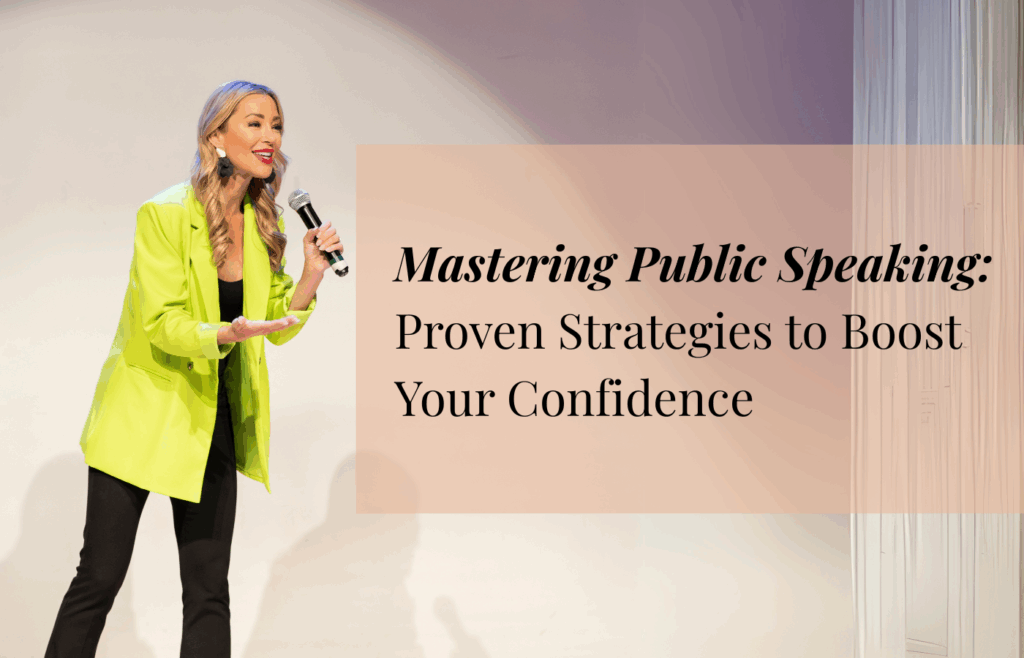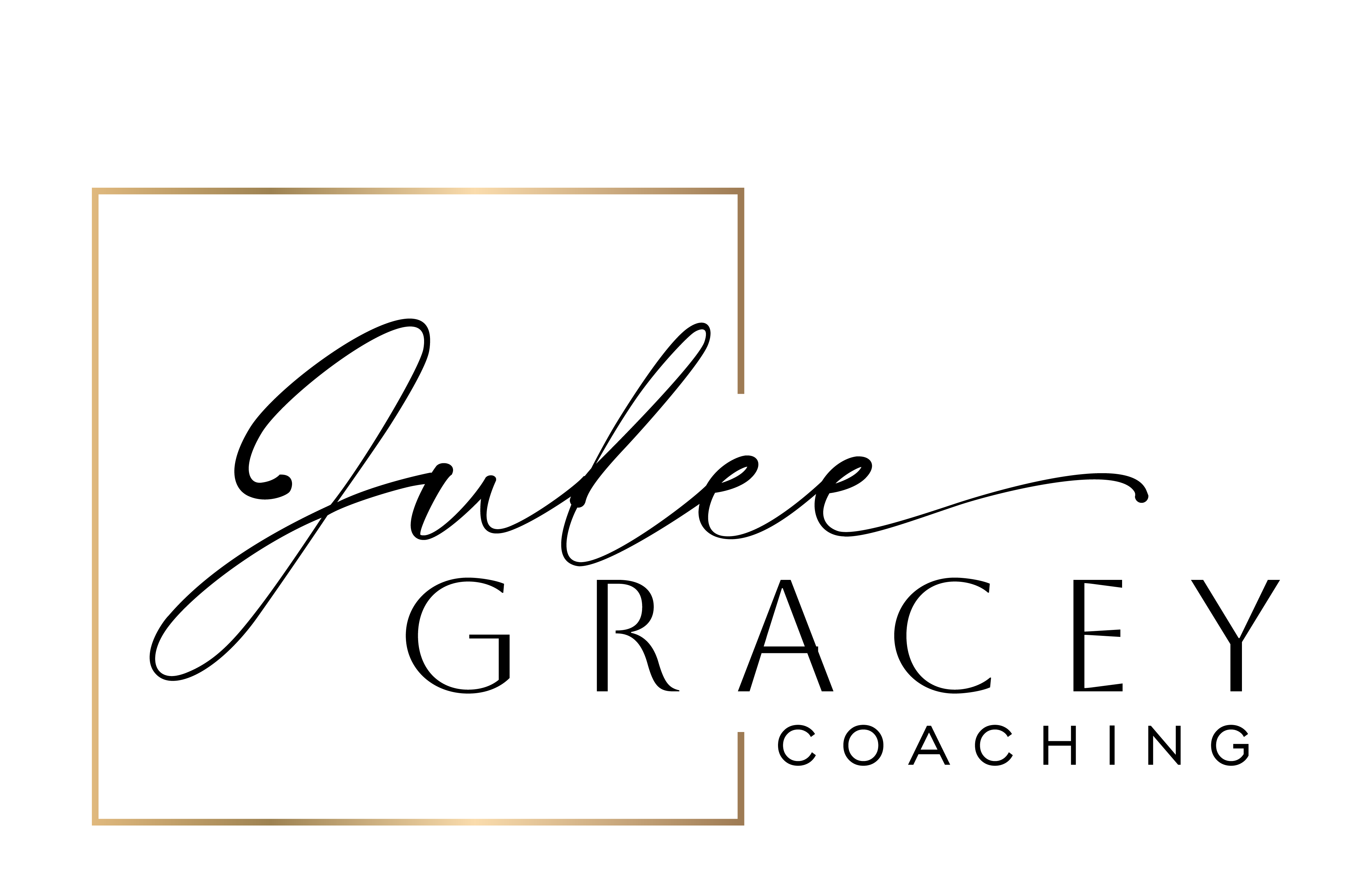Mastering Public Speaking: Proven Strategies to Boost Your Confidence
Let’s talk about the thing that makes grown adults break into a full sweat faster than hot yoga: public speaking. But here’s the twist: with the right mindset and a few simple strategies, you can boost your confidence and tackle that stage like a pro!
Whether you’re presenting to a crowd, pitching your business, or just trying not to sound like a nervous squirrel on Zoom, learning how to build confidence in public speaking is a total game-changer.
Good news? You don’t need to be a natural-born speaker. You just need some proven strategies and a sprinkle of Julee-style boldness to go from “Please don’t call on me” to “Hand me the mic, I’ve got something to say!”

Understanding the Importance of Public Speaking
Public speaking isn’t just for TED Talkers and CEOs. It’s a life skill.
Studies show that people who are highly confident in public speaking are perceived as more competent, trustworthy, and capable leaders—even if their content is identical to less confident speakers.
Translation: If you want people to take you seriously, boost your confidence and own that stage—even if it’s your living room Zoom square.
Overcoming Common Fears and Anxiety
You’re not weird for feeling nervous. In fact, a glossophobia (fear of public speaking) affects up to 77% of the population.
But here’s the truth bomb: Fear doesn’t mean you’re not confident. It just means you care. And the more you face it, the less power it has.
Julee’s tip: Reframe your nerves as excitement. Your brain can’t really tell the difference!
RELATED: Confidence vs. Arrogance: Understanding the Key Differences for Personal Growth
Preparing Your Speech: Research and Structure
Winging it is for fairy tales—not public speaking.
Confidence comes from preparation. When you know your stuff inside and out, you radiate calm, collected energy (aka, the “I’m a boss” vibe).
Use this simple structure:
- Start strong – Hook your audience from the first sentence.
- Organize clearly – Think beginning, middle, end.
- End with a bang – Leave them inspired or informed.
Bonus points if you use stories—they’re sticky and way more memorable than stats alone.
The Power of Practice: Rehearsing Effectively
Want to know how to boost your confidence? Practice. Then practice again. (And maybe once more for good measure.)
Practice out loud, on camera, or with a supportive friend. It helps you:
- Catch awkward phrases
- Fine-tune your timing
- Build muscle memory so you don’t blank on stage
Even Steve Jobs practiced his iconic keynotes for weeks before presenting. So yes, preparation is not optional—it’s essential.
Engaging Your Audience: Techniques for Connection
Want your audience to lean in, not tune out?
Here’s how to connect like a pro:
- Make eye contact – It builds trust and makes people feel seen.
- Ask questions – Even rhetorical ones pull people in.
- Use relatable examples – Speak their language, not corporate jargon.
- Smile and use humor – A little lightness goes a long way.
Remember: You’re not lecturing. You’re having a conversation—just with more chairs involved.
Mastering Body Language and Non-Verbal Cues
Your body speaks even when your mouth isn’t.
Confident speakers use open, expressive gestures and avoid “shrinking” body language like crossed arms or hunched shoulders.
Quick cues to boost your confidence and presence:
- Stand tall – Posture = power
- Move with purpose – Don’t pace like you’re lost in IKEA
- Pause – It shows control and gives your words space to land
And please—ditch the death grip on your notes. Your hands deserve freedom too!
Utilizing Visual Aids to Enhance Your Message
Slides can be your BFF or your worst enemy.
Keep it clean and simple:
- One idea per slide
- Big fonts (No one wants to squint)
- Relevant visuals (charts, images, minimal text)
Use visual aids to enhance your message, not replace it. YOU are the star, not your PowerPoint.
Handling Q&A Sessions with Confidence
Q&A time doesn’t have to feel like open mic night at a roast battle.
To stay calm and highly confident:
- Repeat the question (buys you time + clarifies)
- Pause before responding (confidence lives in the pause)
- If you don’t know the answer, say so—and offer to follow up
You don’t need to be perfect. You just need to be present and professional.
Learning from Feedback: Continuous Improvement
Feedback is your secret weapon for next-level growth.
Instead of fearing it, lean in:
- Ask a trusted friend or coach for honest input
- Watch replays of yourself speaking (yes, cringe and all)
- Celebrate wins AND learn from missteps
Growth doesn’t come from doing it perfectly. It comes from doing it imperfectly on purpose.
Conclusion: Embracing Opportunities for Growth
Here’s the deal: Public speaking isn’t about being fearless. It’s about being brave enough to show up anyway.
Confidence is built, not born. Every time you speak up, you’re laying the bricks of your future.
So go on—embrace the nerves, own the room, and speak like the powerhouse you are. And remember: the world needs your voice.
You’ve got this.





